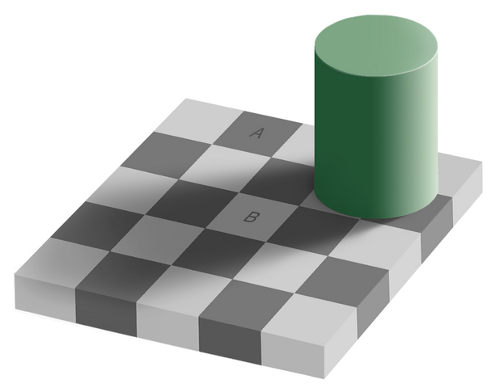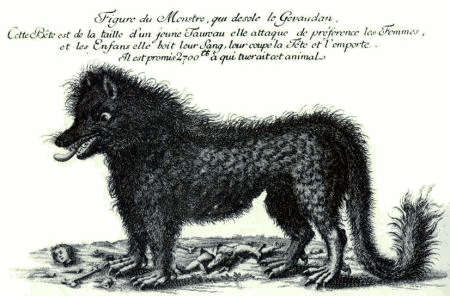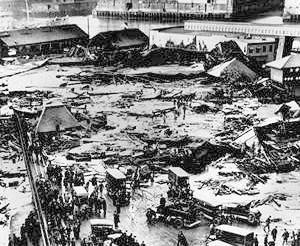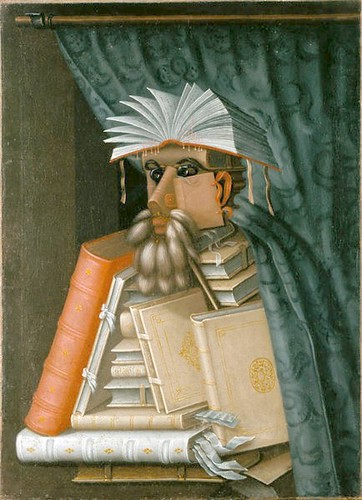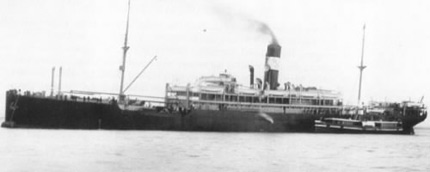In July 1891, lightning struck the house of a Mr. Arent S. Vandyck of New Salem, Vt. He submitted this account to a Boston newspaper:
Suddenly the younger Mr. Vandyck [his son] pointed to an old-fashioned sofa. Upon it lay what was apparently the silver image of a cat curled up in an exceedingly comfortable position. Each glittering hair was separate and distinct, and each silvery bristle of the whiskers described a graceful curve as in life. Father and son turned towards the sword which hung upon the wall just above the sofa and there saw that the sword had been stripped of all its silver. The hilt was gone, and the scabbard was but a strip of blackened steel. The family cat had been electroplated by lightning.
Draw your own conclusions.

